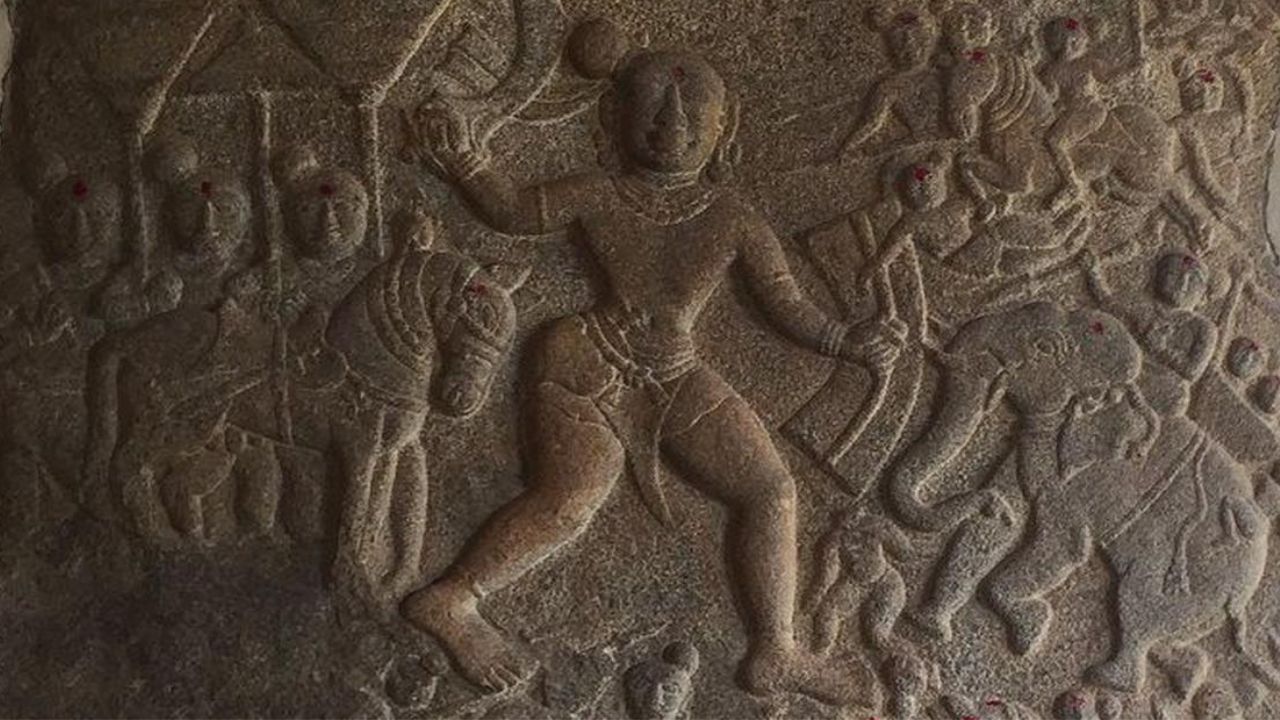
Thunderbolts of Lightning
Read More
Sanity Break #1
Homai Vyarawalla was India’s first female photojournalist who documented the last days of the British Empire and the transformation of a newly free India. And her photos have both the quality of a documentary and of art—like this one of Mrs Gandhi as a very recognizable version of the Indian mother with her two sons—in matching sets of clothes:)

Headlines that matter
Check out this edition for the most important stories from around the world today!

Sanity Break #2
Maybe you read the stray quote or tweet—or watched a short clip. But Novak Djokovic’s victory speech after winning the men’s singles at Wimbledon is worth checking out in its entirety. This is a master class in kindness, humility and wisdom.

Feel Good Place
Need an immediate pick-me-up? We have you covered! From hilarious animal clips to stuff that’ll make you go “lol why?!”, we have all you need to keep you sane on even your worst hair day.







